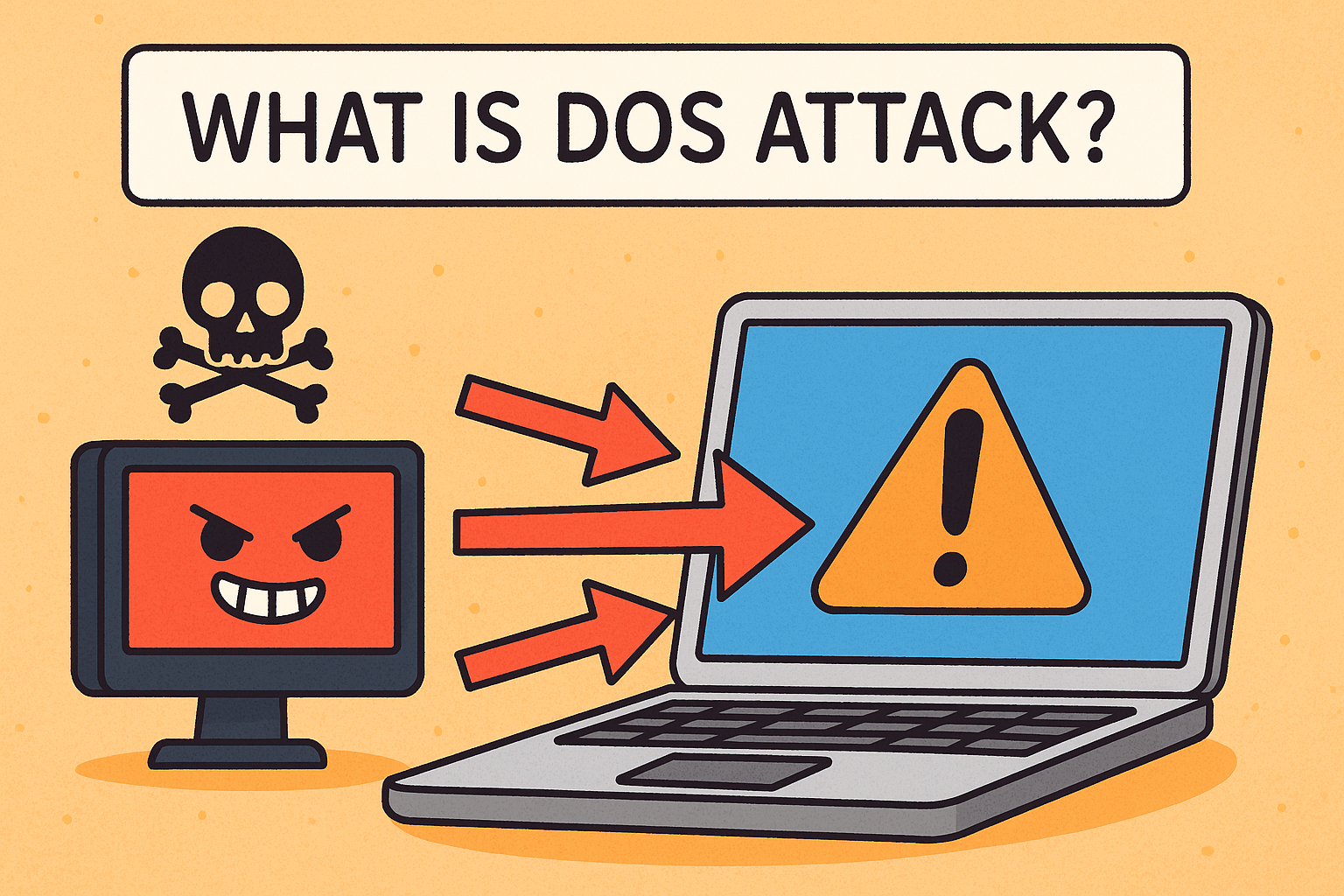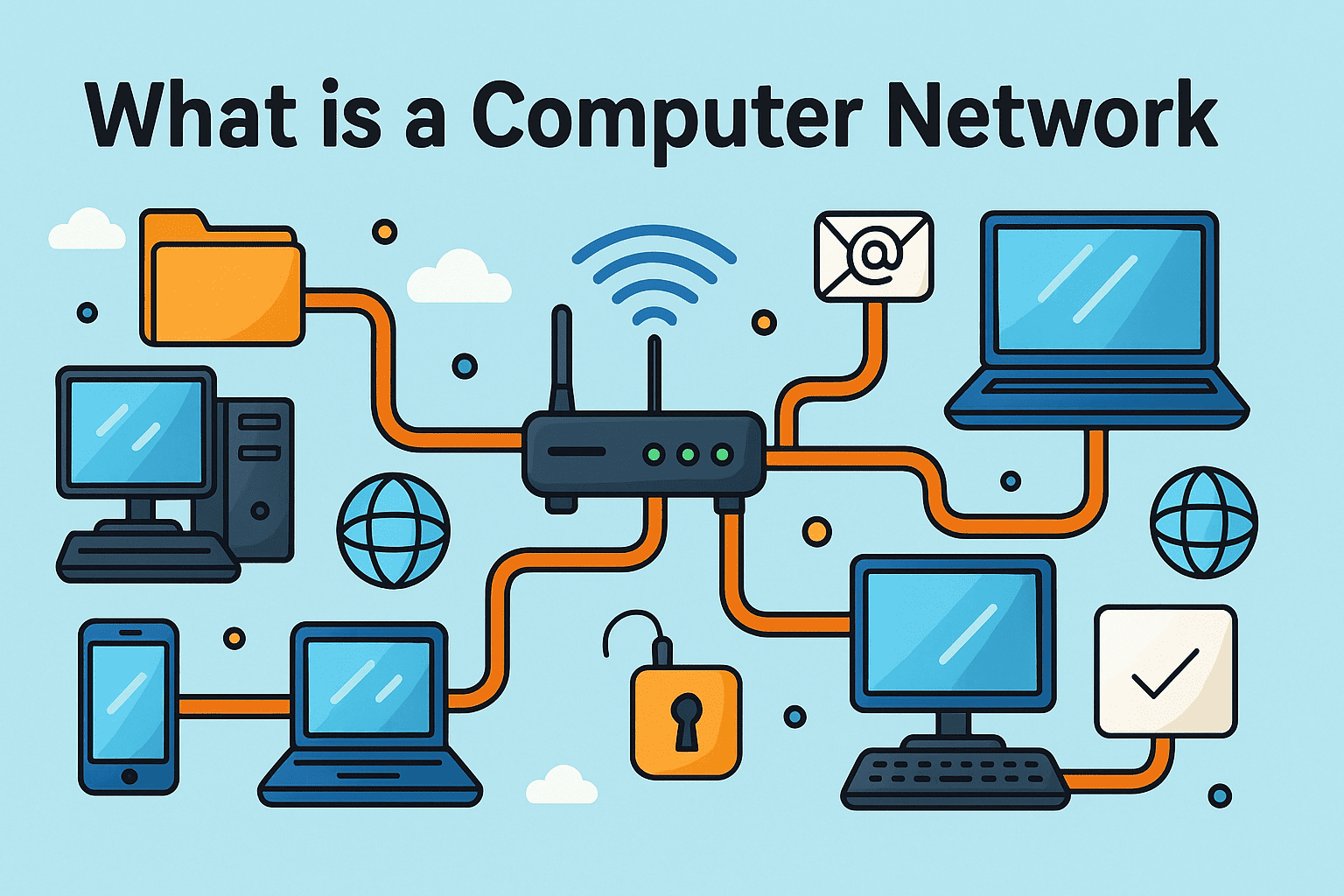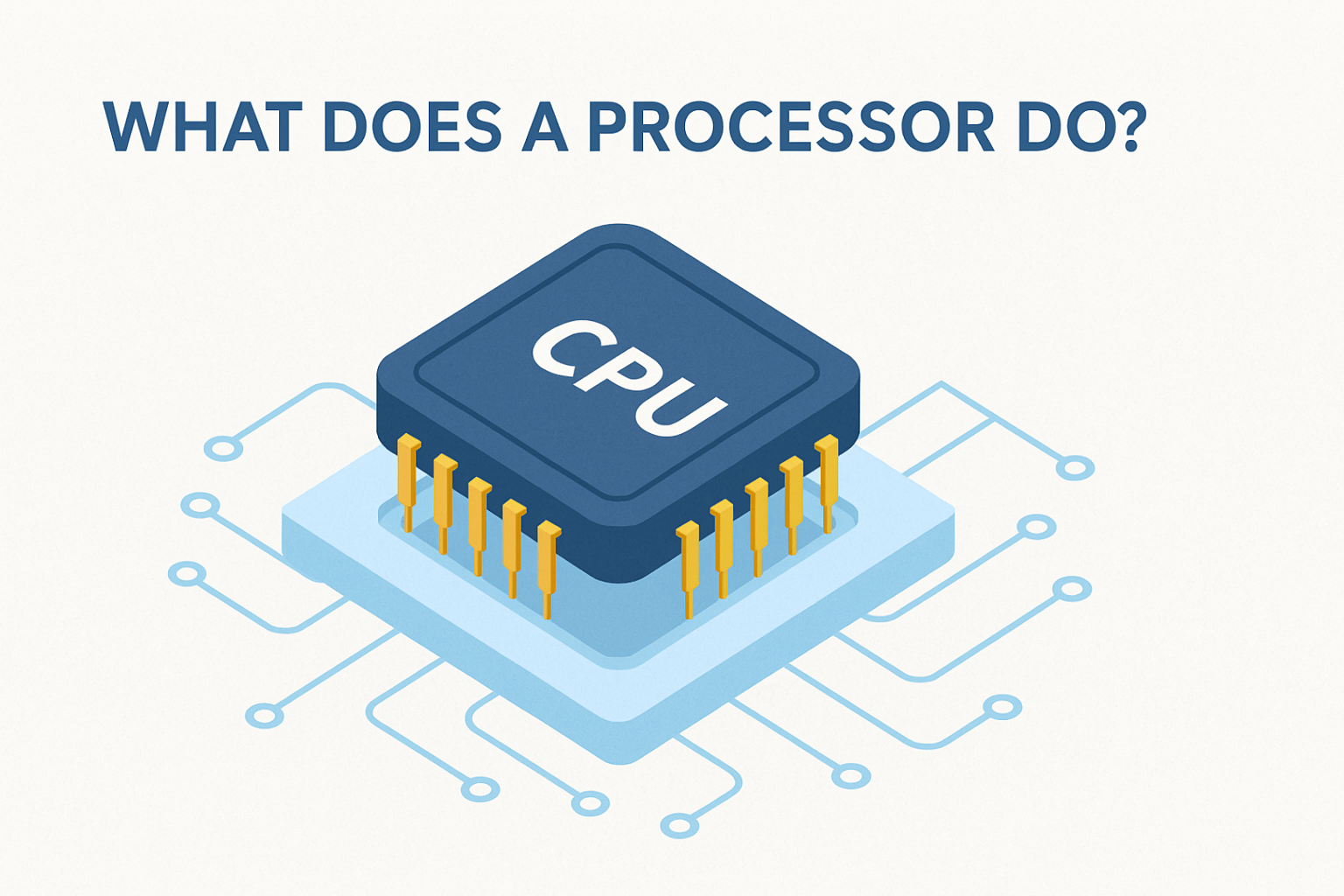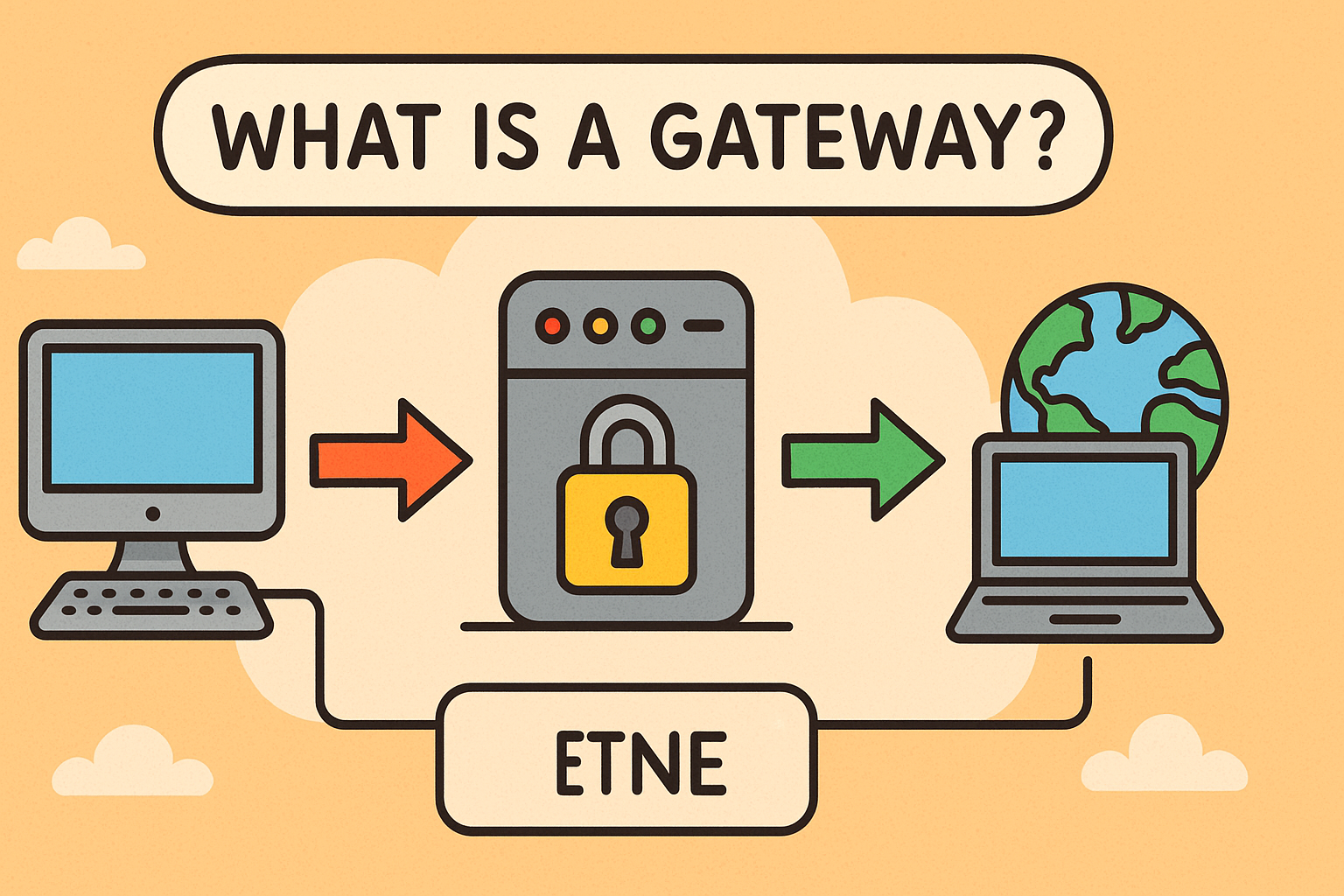What Is a Algorithm? A Complete Guide for IT and Cybersecurity Leaders
Updated on September 30, 2025, by Xcitium

Have you ever wondered how Google decides which search results to show first, or how Netflix recommends your next movie? Behind the scenes, it’s all driven by algorithms. But what is a algorithm, and why should IT managers, cybersecurity professionals, and executives care?
ALGORITHM Definition & Meaning
In simple terms, an algorithm is a step-by-step set of instructions for solving a problem or performing a task. It’s the foundation of computer science, powering everything from cybersecurity defense systems to artificial intelligence.
For businesses, understanding algorithms is not just about technology—it’s about knowing how digital decisions shape security, efficiency, and growth.
1. What Is a Algorithm?
An algorithm is a finite sequence of steps designed to perform a specific task or solve a particular problem.
Key Characteristics of Algorithms:
-
Definiteness: Each step is clearly defined.
-
Finiteness: The algorithm must end after a finite number of steps.
-
Input & Output: Takes input values and produces outputs.
-
Effectiveness: Every step is simple enough to be carried out.
👉 In simple terms: an algorithm is like a recipe for computers, guiding them from start to finish.
2. History of Algorithms
The concept of algorithms is ancient. The word “algorithm” comes from Al-Khwarizmi, a 9th-century Persian mathematician. His work on arithmetic and algebra laid the foundation for what we now call algorithms.
-
Ancient Era: Algorithms used in mathematics (e.g., Euclid’s algorithm for finding the greatest common divisor).
-
20th Century: Rise of computer science formalized algorithms in programming.
-
Modern Era: Algorithms drive AI, machine learning, cybersecurity, and big data analytics.
Today, algorithms power nearly every interaction with technology.
3. How Do Algorithms Work?
To understand what is a algorithm, let’s look at the process:
-
Problem Definition: Identify the task or challenge.
-
Input Gathering: Collect relevant data or parameters.
-
Step-by-Step Execution: Follow predefined rules.
-
Output Generation: Deliver the result or decision.
For example:
-
Sorting numbers from smallest to largest (sorting algorithm).
-
Detecting suspicious network activity (cybersecurity algorithm).
4. Types of Algorithms
Algorithms can be grouped into categories based on purpose and logic.
Common Types:
-
Sorting Algorithms: Bubble Sort, Quick Sort, Merge Sort.
-
Searching Algorithms: Binary Search, Linear Search.
-
Graph Algorithms: Dijkstra’s Algorithm, BFS, DFS.
-
Cryptographic Algorithms: RSA, AES, SHA (vital for cybersecurity).
-
Machine Learning Algorithms: Decision Trees, Neural Networks, Support Vector Machines.
👉 Each algorithm solves problems differently, optimizing for speed, efficiency, or security.
5. Importance of Algorithms in Cybersecurity
Cybersecurity relies heavily on algorithms to protect data and systems.
-
Encryption Algorithms: Secure data transmission (AES, RSA).
-
Hashing Algorithms: Validate integrity of data (SHA-256).
-
Intrusion Detection: Algorithms analyze patterns to detect anomalies.
-
Authentication: Algorithms validate user identities.
-
Access Control: Define rules for permissions and restrictions.
For IT managers, strong algorithms mean robust security frameworks.
6. Real-World Examples of Algorithms
Algorithms are everywhere in our daily lives.
-
Google Search: Ranks pages using PageRank and AI algorithms.
-
Netflix & Spotify: Recommend content using machine learning algorithms.
-
Financial Services: Fraud detection powered by anomaly detection algorithms.
-
Healthcare: Diagnostic tools analyze patient data with predictive algorithms.
-
Cybersecurity: Firewalls and antivirus software scan for threats using detection algorithms.
👉 Every click, search, or transaction is touched by algorithms.
7. Benefits of Using Algorithms
Algorithms provide numerous advantages:
-
Efficiency: Solve problems faster and more accurately.
-
Automation: Reduce human intervention.
-
Scalability: Handle massive datasets easily.
-
Consistency: Always produce predictable results.
-
Security: Protect sensitive information through encryption and monitoring.
For businesses, algorithms drive cost savings, productivity, and innovation.
8. Risks and Challenges of Algorithms
While powerful, algorithms have challenges:
-
Bias: Machine learning algorithms may inherit human bias.
-
Complexity: Some algorithms are difficult to understand or audit.
-
Security Risks: Weak encryption algorithms can be exploited.
-
Over-Reliance: Businesses may depend too heavily on algorithmic decisions.
-
Transparency: Lack of explainability can create trust issues.
👉 For CEOs and IT leaders, balancing innovation with ethical and secure algorithms is critical.
9. Algorithms in Cybersecurity Threats
Ironically, attackers also use algorithms.
-
Malware Algorithms: Adapt to evade detection.
-
Password-Cracking Algorithms: Brute force or dictionary attacks.
-
AI-Driven Attacks: Use machine learning to bypass defenses.
This makes it crucial for defenders to deploy smarter, faster algorithms.
10. Best Practices for Using Algorithms in Business
Organizations should follow best practices when deploying algorithms:
-
✅ Use well-tested cryptographic algorithms for security.
-
✅ Regularly update systems to patch algorithm vulnerabilities.
-
✅ Audit algorithms for bias and fairness.
-
✅ Train teams to understand and interpret algorithmic outputs.
-
✅ Integrate algorithms into DevSecOps workflows for secure deployment.
When managed properly, algorithms are powerful business enablers.
11. The Future of Algorithms
The future of algorithms is closely tied to AI, machine learning, and cybersecurity.
-
AI-Powered Algorithms: Smarter decision-making.
-
Quantum Algorithms: Solve problems faster using quantum computing.
-
Ethical Algorithms: Focus on fairness and transparency.
-
Self-Learning Algorithms: Improve continuously without manual updates.
-
Cyber Defense Algorithms: Real-time detection of zero-day threats.
👉 Businesses that harness algorithms strategically will stay ahead of competition and threats.
Quick Algorithm Checklist
✅ Understand what an algorithm is
✅ Use algorithms to improve efficiency and security
✅ Choose the right type for your business problem
✅ Audit for transparency and bias
✅ Leverage AI-driven algorithms for growth
FAQs on Algorithms
1. What is a algorithm in simple terms?
It’s a step-by-step set of instructions computers use to solve problems or complete tasks.
2. Why are algorithms important in cybersecurity?
They power encryption, authentication, intrusion detection, and malware defense.
3. Can algorithms be biased?
Yes. Machine learning algorithms can reflect biases in training data.
4. What’s the difference between algorithm and program?
An algorithm is the logic or recipe; a program is the actual implementation in code.
5. Will algorithms replace humans?
No. Algorithms support decision-making but still require human oversight.
Final Thoughts
Asking “what is a algorithm?” is more than a technical question—it’s about understanding the logic that drives modern technology. From search engines and streaming platforms to cybersecurity defenses, algorithms are the backbone of IT and business innovation.
For IT managers, cybersecurity professionals, and executives, mastering algorithms means staying secure, competitive, and future-ready.
🚀 Ready to strengthen your IT and cybersecurity strategy?
Request a demo of Xcitium’s advanced security solutions today and harness technology built on secure, efficient algorithms.














